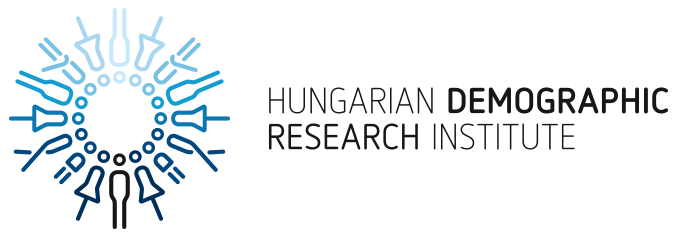DYNAMIC HISTORICAL ANALYSIS OF MIGRATION IN ITALY
Keywords:
Migration, Italy, inflows, outflows, migratory balance, foreign resident population, models of demographic changeAbstract
In recent decades Italy has been affected significantly by multiple, complex and varied migratory flows as a consequence of demographic and socio-economic changes in Italian society. The processes, driven by the country’s social conditions, have more or less over 20 years seen Italy change from a country of emigration into a destination country characterised by significant inflows. As a result of the economic crisis, recent years appear to show a resurgence of emigration, with numbers and conditions differing from the past. Immigration continues to be an integral part of the country’s social and demographic structure; indeed, it is the predominant factor in population growth today. To understand these dynamics, this article analyses historical official statistics taking a medium- to long-term perspective that also considers changes in migratory systems, especially in South Eastern Europe. For a better understanding of the phenomenon, we describe the Italian situation within the framework of the main theories of migration change.

